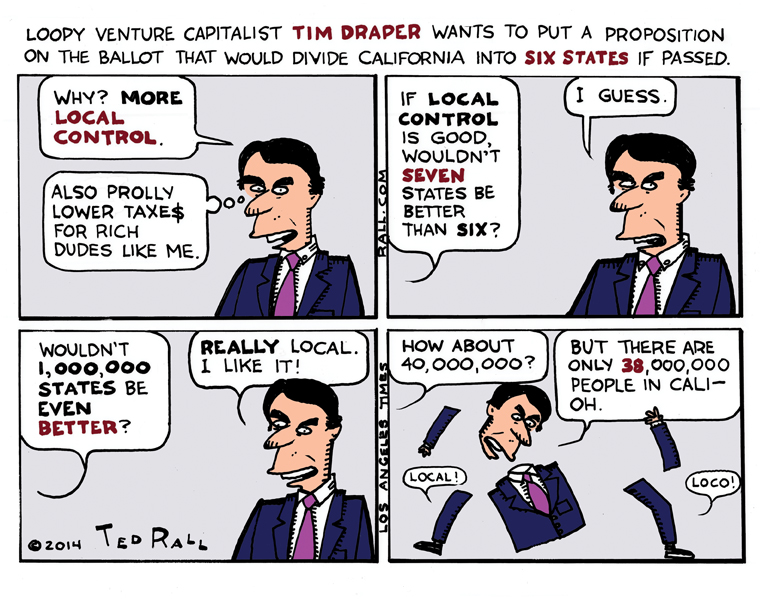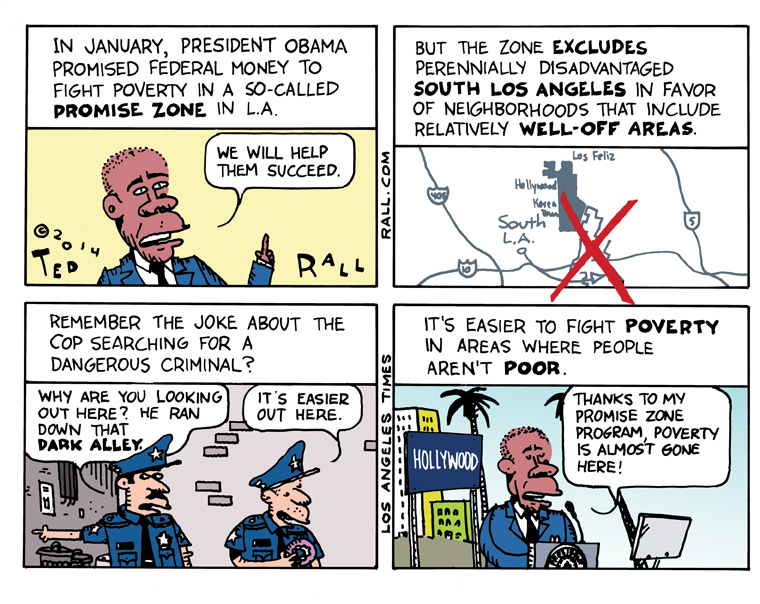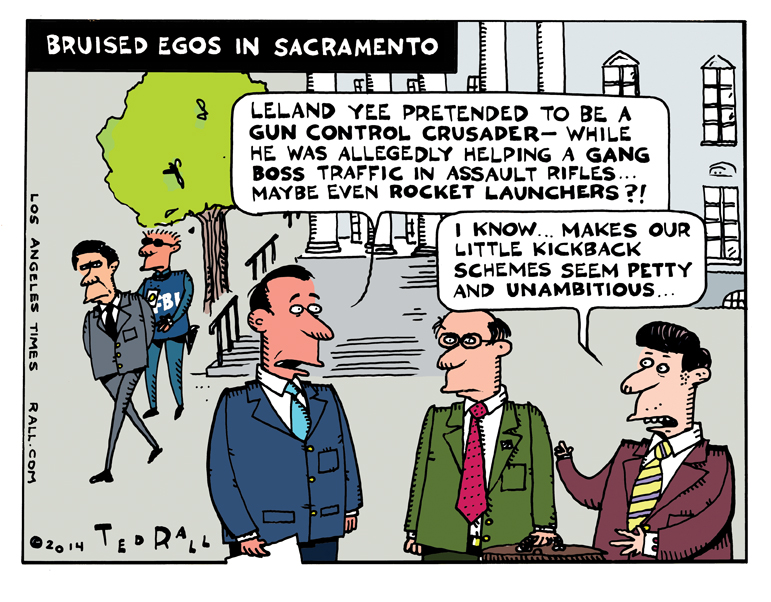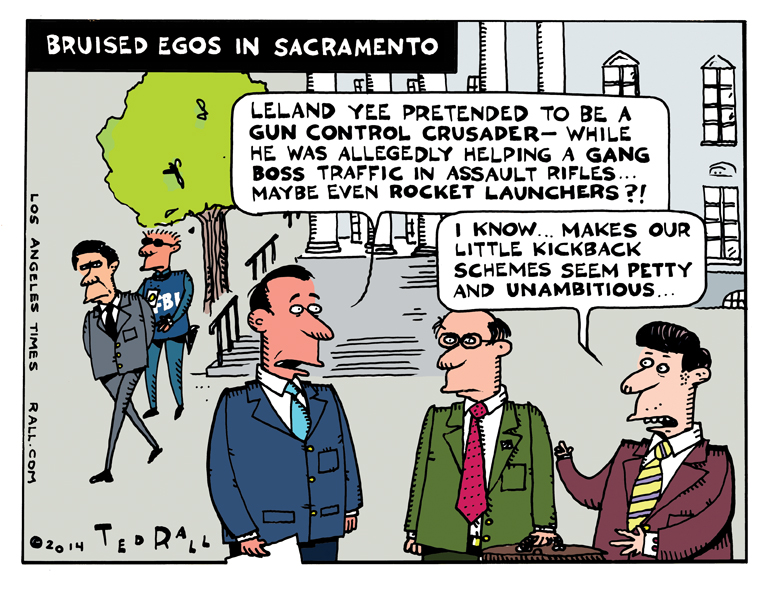Before now I was unclear on why California should be divvied up into six smaller states. But I didn’t feel bad. Tim Draper, the Silicon Valley venture capitalist billionaire guy who is trying to collect enough signatures to put a California Balkanization proposition on the ballot, seemed unclear about his idea too.
Thanks for George Skelton’s column, however, Draper has finally shed some light on why California should fade into history, replaced by six new states (assuming Congress were to admit them to the Union), one of which would be called, um, Jefferson.
Skelton explains: “Draper’s split-up-California proposal, he contends, would result in more local control and focus on regional problems.”
Local control! Bien sur.
Draper may or may not be nuts, but you can’t reflexively dismiss the argument that Sacramento may be a too far away to understand the issues affecting people 600 miles away in Calexico.
But that’s where I get stuck.
If more local control is better, and if the way to get more local control is to divide the state into smaller statelets, the question locally follows: why six? Why not seven or eight?
Connecticut is a small state. It’s well run. Why not cut California into 49 Connecticut-sized states?
Actually, scratch that “well run” part. The Nutmeg State ranks 41st out of 50.
Um, Rhode Island? Smallest of them all?
Number 47.
Anyway.
Let’s assume, for the sake of argument, that there was evidence to support the notion that smaller is better. Where does it stop? Why not declare every one of California’s 38 million people the sole citizen of their own state, with their home their capitals? With 76 million United States Senators, that would give The States Formerly Known as California serious juice in Congress.
(Draper argues that ex-California would have 12 Senators, which would be better than two. Though he doesn’t explain why they’d necessarily cooperate with each other, what with having gone their separate ways in the first place specifically because they don’t have enough in common to stay together.)
Speaking of inconvenient truths, few people have brought up the fact that the U.S. Constitution doesn’t allow new states to be created by splitting up existing states (as happened, for example, when West Virginia left Virginia) without approval of Congress. With the Senate controlled by Democrats, it’s unlikely they’d sign off on a new configuration that would add a net of Republican seats.
Everything said, I don’t know if splitting the state would be a net benefit or net disaster. What I find fascinating is the transparently faulty logic being floated for a project with breathtaking implications — from a man who’s obviously smart enough to know better.





